After four years of implementing Programme No.02 on agricultural development, new rural construction and a gradual improvement of farmers’ living standards in the 2011-2015 period issued by the Hanoi Party Committee, Dan Phuong District leads the city with 13 out of 15 communes meeting new countryside criteria. It is now carrying out a number of solutions to become the city’s first newly styled rural area.
According to Nguyen Tat Thang, Dan Phuong District’s Party Committee Secretary, since 2011 all relevant bodies in the district have been mobilised to participate in the implementation of Programme No.02 so all difficulties and obstacles have been timely resettled. The district’s authority asked every sector, branch and individual to direct all communes and villages on how to carry out detailed tasks. Furthermore, the district devised policies on encouraging and rewarding collectives and individuals who made great contribution to rural development. All measures aim at ensuring the process of rural construction in the district. Almost all the communes which were recognised as new countryside proactively learnt from their experiences to continue improving the quality of reached criteria, fostering and completing basic criteria.
So far, the whole district of Dan Phuong has shifted over 950ha of rice-growing fields to high-economic agricultural plants, such as flowers and fruit trees, raising the agricultural value to 160-250 million dong/ha. The district has focused on developing services, trade and industrial complexes of over 500 small-medium enterprises and six agricultural and craft industry complexes. The district boasts 21 agricultural cooperatives, eight industrial cooperatives, one transportation cooperative and four people’s credit funds, contributing to providing stable jobs to local employees and increasing the income of tens of thousands of local and neighbouring labourers.
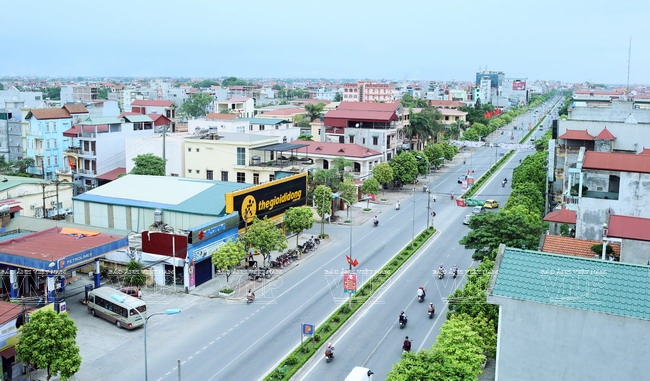
Part of the centre of today’s Dan Phuong District. Photo: Hoang Ha/VNP

Dan Phuong has 35 out of 48 schools, meeting national standards. Photo: Hoang Ha/VNP
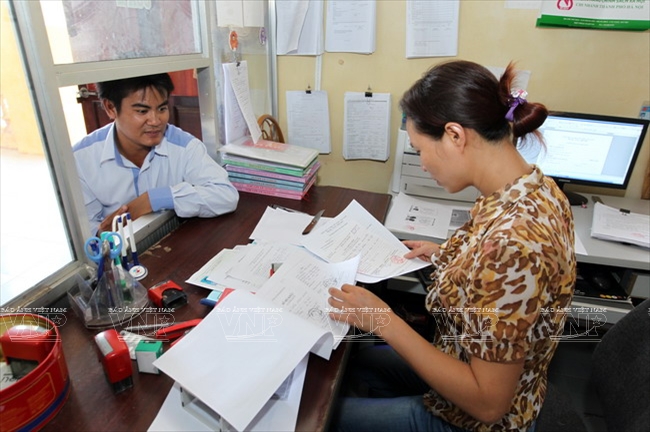
The one door mechanism is implemented in Tho Xuan Commune, Dan Phuong District. Photo: Hoang Ha/VNP
|
Defining infrastructural construction as the prerequisite condition for a newly styled rural area, Dan Phuong has focused many resources on building six inter-communal roads, 22km of village roads, 136km of lanes and 80km of roads among the fields. The electricity sector and communes in the district built more than 235km of mid-voltage electricity lines, 111 low-voltage electricity lines and 28 transformer stations, increasing the total number to 225 stations. Therefore, the rate of households in the district having access to electricity has reached over 99%. The post-telecommunications network has developed widely in communes, meeting the demand of the locals.
The districts have 35 out of 48 schools meeting national standards, 15 cultural houses, 93 village cultural houses and halls and 15 sports fields. The district has seven planned markets; 45 villages, 13 hamlets and 21 residential areas which were granted a culture certificate; 89% of households were recognised as culture families and 100% of the communes reach the national criteria in terms of healthcare.
Chu Phu My, Director of Hanoi’s Agricultural and Rural Development Department said that thanks to the policy on developing the economy and implementing programmes on poverty reduction, the number of poor households in Dan Phuong has sharply decreased. In 2010, the number of poor households in the district was 4,236 (a rate of 12.21%). That number was only 880 households in 2014. The rate of trained labourers was 35% in 2010 and increased 61% in 2014. In the 2011-2015 period, the district provided regular jobs for over 10 thousands labourers, reaching 95%.
With criteria reached over the years, the district is compiling the file to submit for recognition of the district reaching new countryside criteria as regulated.
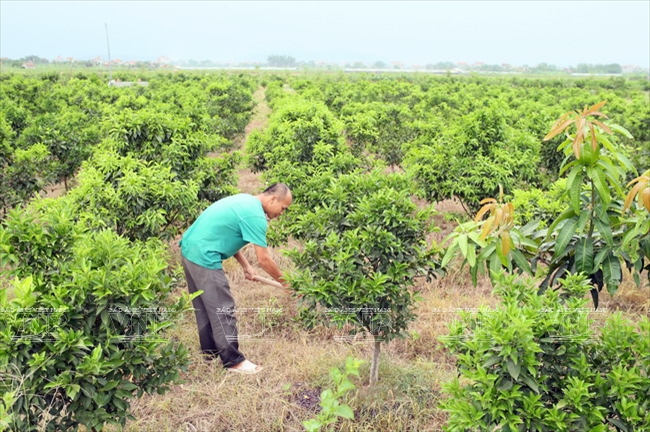
Thanks to shifting rice cultivation to fruit crops,
Bui Tuan Tiep’s family (Song Phuong Commune, Dan Phuong District)
earns 300-400 million dong per year. Photo: Hoang Ha/VNP

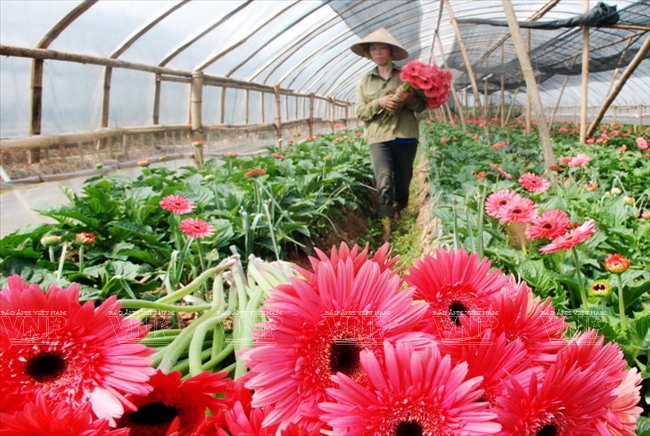
Residents in Dan Phuong District have turned over 950ha of rice growing land
into cultivating areas for profitable crops such as flowers, vegetables, and fruit, earning 160-250 million dong/ha.
Photo: The Hanoi Agricultural Extension Centre’s file
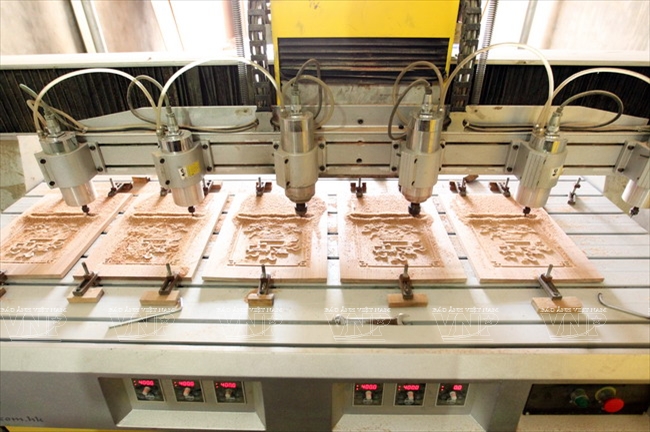
Producing wooden items for export. Photo: Hoang Ha/VNP
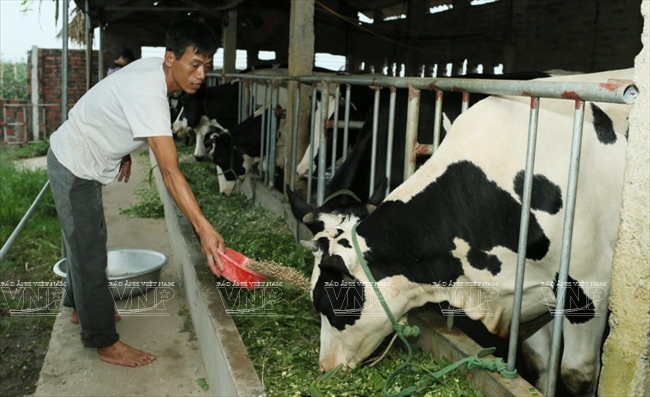
There are about 1,000 cows, including 200 dairy ones in Dan Phuong District. photo: Hoang HA/VNP
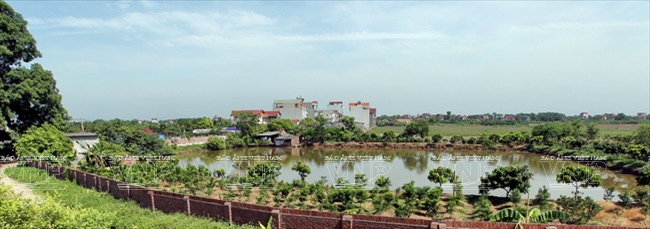
Dan Phuong’s Vuon (garden) - Ao (fish pond) - Chuong (castle shed) system
is being applied nationwide Photo: Hoang Ha/VNP |
Story: Hoang Ha - Photos: Hoang Ha & Files
phamtrangnhung